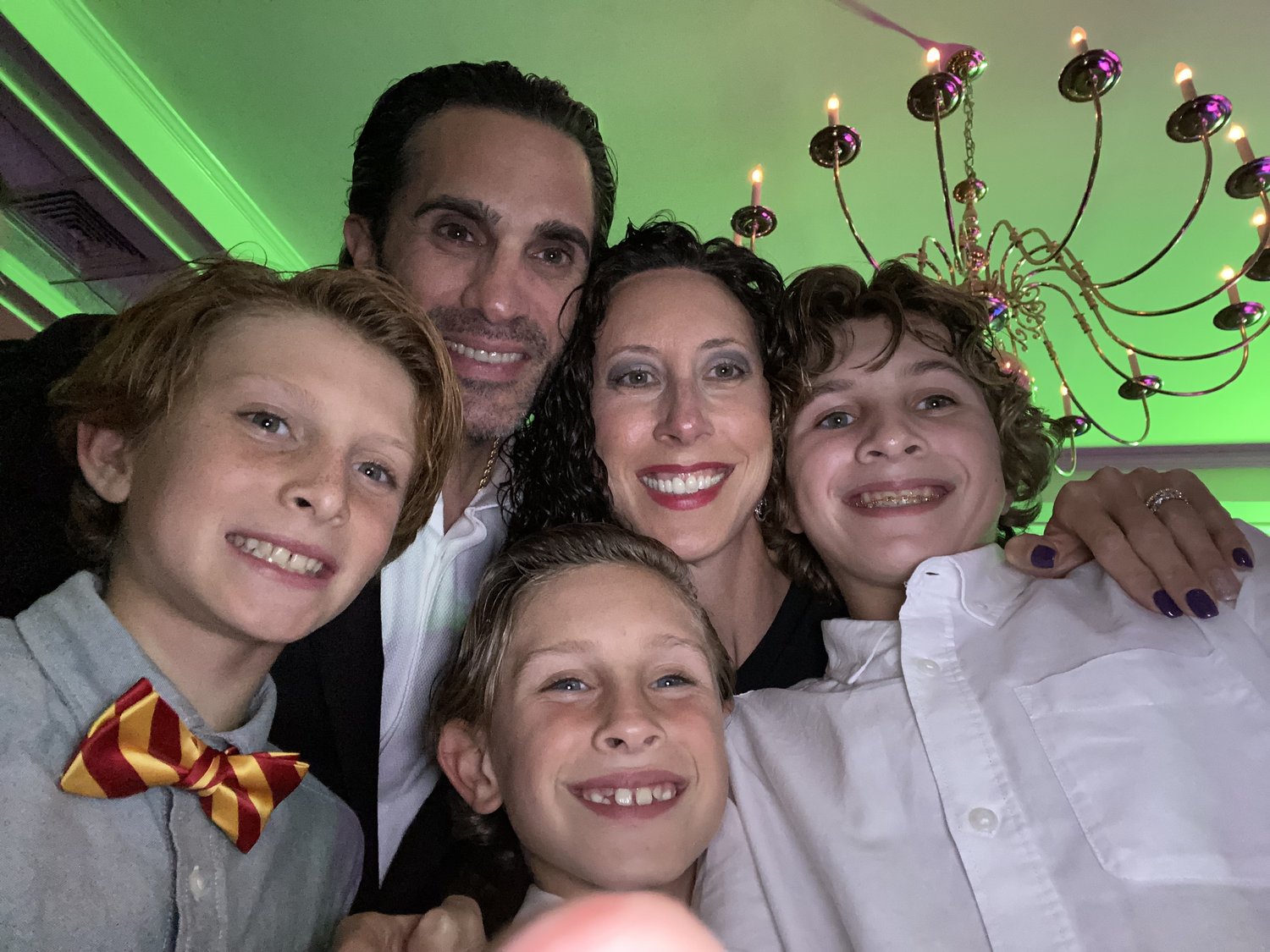Camera on student engagement- making changes in the third quarter climb
https://teachlearnsucceedpa.com/camera-on-student-engagement-making-changes-in-the-third-quarter-climb/
The third quarter of the school year is traditionally an uphill climb: students are beginning to feel burnt out by the monotony, teachers are struggling to keep daily lessons fresh and exciting, and everyone is counting down until Spring break! Especially this year in a hybrid or virtual environment, the third quarter “climb” feels more arduous than ever. I find myself lecturing far more than I would like, and I have grown tired of staring at the student icons on my laptop in the hopes that someone will volunteer to participate (we do not force students to keep their cameras on while they are virtual).
Student led presentations and projects help break up repetitive routines and foster student participation without pressure. In addition, projects and presentations in a normal school year encourage students to connect deeper to the curriculum, promote classroom discussion and thought, and allow students to work together. In an effort to promote those same integral components of classroom culture in this year’s virtual or hybrid environment, I have adjusted the requirements and objectives of some presentations to make them more conducive to function within our new learning limitations. Here are a few ideas that have been successful in my classroom, from beginning levels all the way to the more advanced levels.
Look Book
In my level 2 class, students are learning fashion, prices, and demonstrative pronouns. Typically, we would put on a fashion show in class and students would parade through the classroom with their “looks” while a moderator would describe the different articles of clothing using the vocabulary and grammar of the chapter. For this year’s project, I decided to have the students create a “Look Book” of different styles. The requirements for vocabulary and grammar are the same, but rather than a live presentation, the students create a document. After the project is due, students share their screens to promote their one favorite “look” from their books, and each student ultimately votes (using Google Meet polls) on her 3 favorite looks.
Vamos de viaje
Travel is one of the most exciting themes in my upper level classes. Students enjoy talking about future plans to study abroad and we eventually research different sites of ancient ruins in Latin America. The Vamos de viaje project allows students to create a week long backpacking trip through Latin America in order to visit the ruins we study in class. Typically, they research flights, hotels, activities, and restaurants and then ultimately present everything to the class live; however, this year I have turned the project into a podcast. Students will use the Screencastify tool to record their presentations, which allows them to practice their scripts until they are satisfied with their grammar and accent. I can share their presentations to the entire classroom on Google Meet, and then we can follow up with questions and answers from classmates.
Un anuncio cultural
In my AP level class, we traditionally study different brands that originate in Latin-America and Spain during the Contemporary Life theme. Students research one company and present a product or service to the class through a slideshow and then we discuss our likes and dislikes in an open forum in class. This year, that same project will occur, but students will present their slide virtually rather than in front of the classroom. We will follow the same 2 minute guidelines, as prescribed by the College Board’s AP requirements; however, this year the students are required to ask their classmates a follow-up question. The pre-planned questions will foster an environment for a more sophisticated dialogue at the end of their presentations and encourage more participation from the class.
These presentations provide all of my students the opportunity to share their opinions and interests with their classmates while also connecting personally with our themes and curriculum. By including a few different presentations throughout each week, I am able to break up the traditional routine and give students more control over their learning. Each presenter has an opportunity to dive deeper into the curriculum, and the perspectives that he brings to the classroom motivate a more fun and engaging environment as we inch closer to the fourth quarter finish line.
